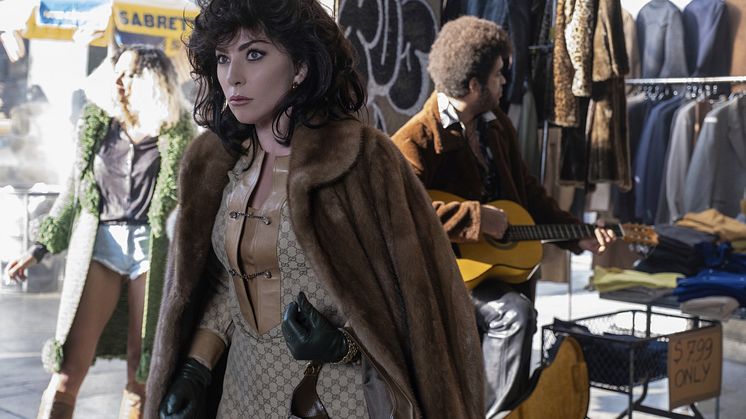
News -
Dior’s use of Balinese textile shows value of IP for nation-branding
When the world was in the thick of the Covid-19 pandemic and most borders were closed in 2020, the catwalks of Paris were enlivened by a dash of Indonesian culture thanks to the Christian Dior spring-summer 2021 ready-to-wear fashion show, which featured traditional Ikat Endek fabric handmade by weavers in Bali.
Also known as Wastra or Kain Endek, this style of textile involves dyeing the warp threads before they are woven, and Dior described the tradition as “an emblem of infinite cultural wealth”.
Indonesia’s leaders certainly agree. Recently, Freddy Harris, the country’s Director General of Intellectual Property at the Law and Human Rights Ministry, cited the appearance of Ikat Endek in that Dior collection as an example of how intellectual property can be a very valuable economic asset and boost nation-branding in the global arena.
He also cited research conducted by the Institute for Development of Economics and Finance, which stated that every 1% increase in the number of patents can push the national economy up by 0.06%.
To fully tap on the economic potential of IP, it must be managed properly, and such management needs to involve all stakeholders, including the public and private sectors.
The creators of IP, of course, are an essential part of this process. In Indonesia, however, there is still a widespread lack of awareness about IP and how to protect it. In fact, half of Indonesian citizens tend to forget to protect their IP rights by registering their products, according to Daulat Pandapotan Silitonga, the director of intellectual property collaboration and empowerment at the Ministry of Law and Human Rights.
Speaking at an event, he said that digital content creators generally want to introduce their products to the public before registering their IP, and he urged them to register their ideas first in order to minimise the likelihood of idea theft. He also noted the importance of continuing to educate the public about the economic benefits of seeking IP protection.
Indeed, being proactive about IP protection is essential in today’s world, as the use of Ikat Endek in the Dior collection illustrates. The French fashion house sought permission from the Bali Provincial Government to use the textile, and it was given this permission only after it agreed to fulfil certain requirements.
These included the stipulation that all the Ikat Endek the brand used must be produced by weavers in Bali using traditional tools. This effectively protected the Balinese weavers, the integrity of their centuries-old techniques, and thus the value of their textiles.
In 2021, Ikat Endek was awarded a Certificate of Intellectual Communal Property as a Traditional Cultural Expression by Indonesia’s Ministry of Justice and Human Rights. To celebrate, the governor designated every Tuesday as the day for the general public to wear the textile. Such visibility and support goes a long way towards keeping this cherished IP viable, long after its moment on the Parisian runway is over.
PitchMark helps innovators deter idea theft, so that clients get the idea but not take it. To find more about our services, visit PitchMark.net and register for free as a PitchMark member today.







